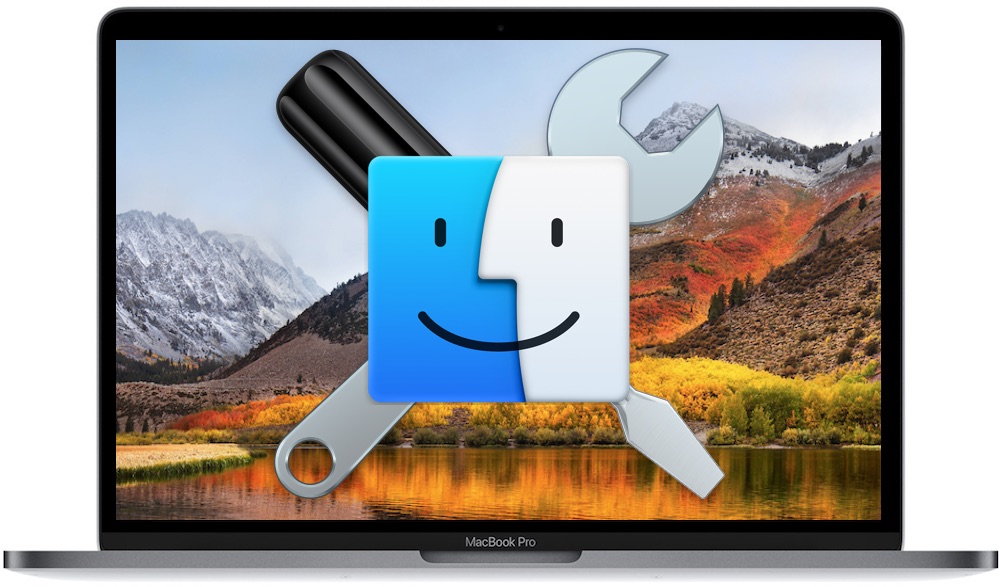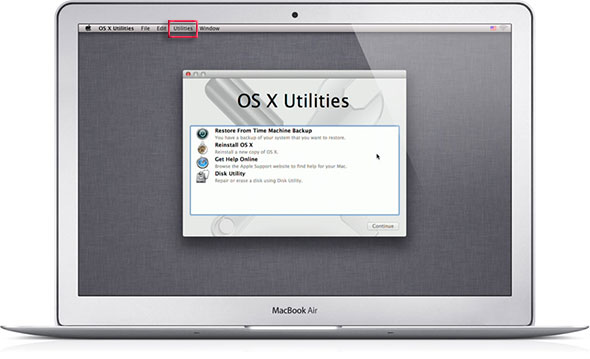To get the latest features and maintain the security, stability, compatibility, and performance of your Mac, it's important to keep your software up to date. Apple recommends that you always use the latest macOS that is compatible with your Mac.
- Launch the App Store app and go to the Purchases tab. Find macOS High Sierra and click Install. If that doesn’t work, try deleting the downloaded installer (it’s in your Applications folder) using CleanMyMac and download it again. If you have a copy of macOS Server in your applications folder, that may be the root of the problem.
- A key step for upgrading the disk on a MacBook Pro is to install a new operating system on the new drive, and then use Migration Assistant to copy over the old data. Depending on how you went about the work, installing Mac OS X on the new system may give you a message: OS X could not be installed on your computer.
- Weird, I kinda have the opposite problem. Fresh install of Sierra, using ssh config file to point to the various keys depending on hosts (my previous setup). Now, when prompted for passphrase upon first connection (no ssh-add etc) it does indeed get stored with keychain even though it is not visible in keychain, nor visible in the agent.
- Reboot the Mac and hold down Command + R keys simultaneously after you hear the startup chime, this will boot OS X into Recovery Mode. When the OS X Utilities screen appears, pull down the Utilities menu at the top of the screen instead, and choose Terminal Type the following command into the terminal then hit return. $ csrutil disable; reboot.
Learn how to upgrade to macOS Big Sur, the latest version of macOS.
How Fix Ssh Problem For Os X High Sierra Installer
Check compatibility

Your remote host probably doesn't have an SSH server running (or, if it does, it's not listening on port 22). Your tests (ps aux, launchctl etc) won't help - the issue is on the remote host, not the local (you've got an SSH client, because you can connect to localhost, but the remote host 14.139.82.8 isn't allowing connections on port 22).

If a macOS installer can't be used on your Mac, the installer will let you know. For example, it might say that your Mac doesn't have enough free storage space for the installation, or that the installer is too old to be opened on this version of macOS.
If you want to check compatibility before downloading the installer, learn about the minimum requirements for macOS Catalina, Mojave, High Sierra, Sierra, El Capitan, or Yosemite. You can also check compatible operating systems on the product-ID page for MacBook Pro, MacBook Air, MacBook, iMac, Mac mini, or Mac Pro.
Make a backup
Before installing, it’s a good idea to back up your Mac. Time Machine makes it simple, and other backup methods are also available. Learn how to back up your Mac.
Download macOS
It takes time to download and install macOS, so make sure that you're plugged into AC power and have a reliable internet connection.
These installers from the App Store open automatically after you download them:
- macOS Catalina 10.15 can upgrade Mojave, High Sierra, Sierra, El Capitan, Yosemite, Mavericks
- macOS Mojave 10.14 can upgrade High Sierra, Sierra, El Capitan, Yosemite, Mavericks, Mountain Lion
- macOS High Sierra 10.13 can upgrade Sierra, El Capitan, Yosemite, Mavericks, Mountain Lion, Lion
Your web browser downloads the following older installers as a disk image named InstallOS.dmg or InstallMacOSX.dmg. Open the disk image, then open the .pkg installer inside the disk image. It installs an app named Install [Version Name]. Open that app from your Applications folder to begin installing the operating system.
- macOS Sierra 10.12 can upgrade El Capitan, Yosemite, Mavericks, Mountain Lion, or Lion
- OS X El Capitan 10.11 can upgrade Yosemite, Mavericks, Mountain Lion, Lion, or Snow Leopard
- OS X Yosemite 10.10can upgrade Mavericks, Mountain Lion, Lion, or Snow Leopard

Install macOS

Follow the onscreen instructions in the installer. It might be easiest to begin installation in the evening so that it can complete overnight, if needed.
If the installer asks for permission to install a helper tool, enter the administrator name and password that you use to log in to your Mac, then click Add Helper.
Please allow installation to complete without putting your Mac to sleep or closing its lid. Your Mac might restart, show a progress bar, or show a blank screen several times as it installs both macOS and related updates to your Mac firmware.
How Fix Ssh Problem For Os X High Sierra 10.13
Learn more
How Fix Ssh Problem For Os X High Sierra Compatibility
You might also be able to use macOS Recovery to reinstall the macOS you're using now, upgrade to the latest compatible macOS, or install the macOS that came with your Mac.



